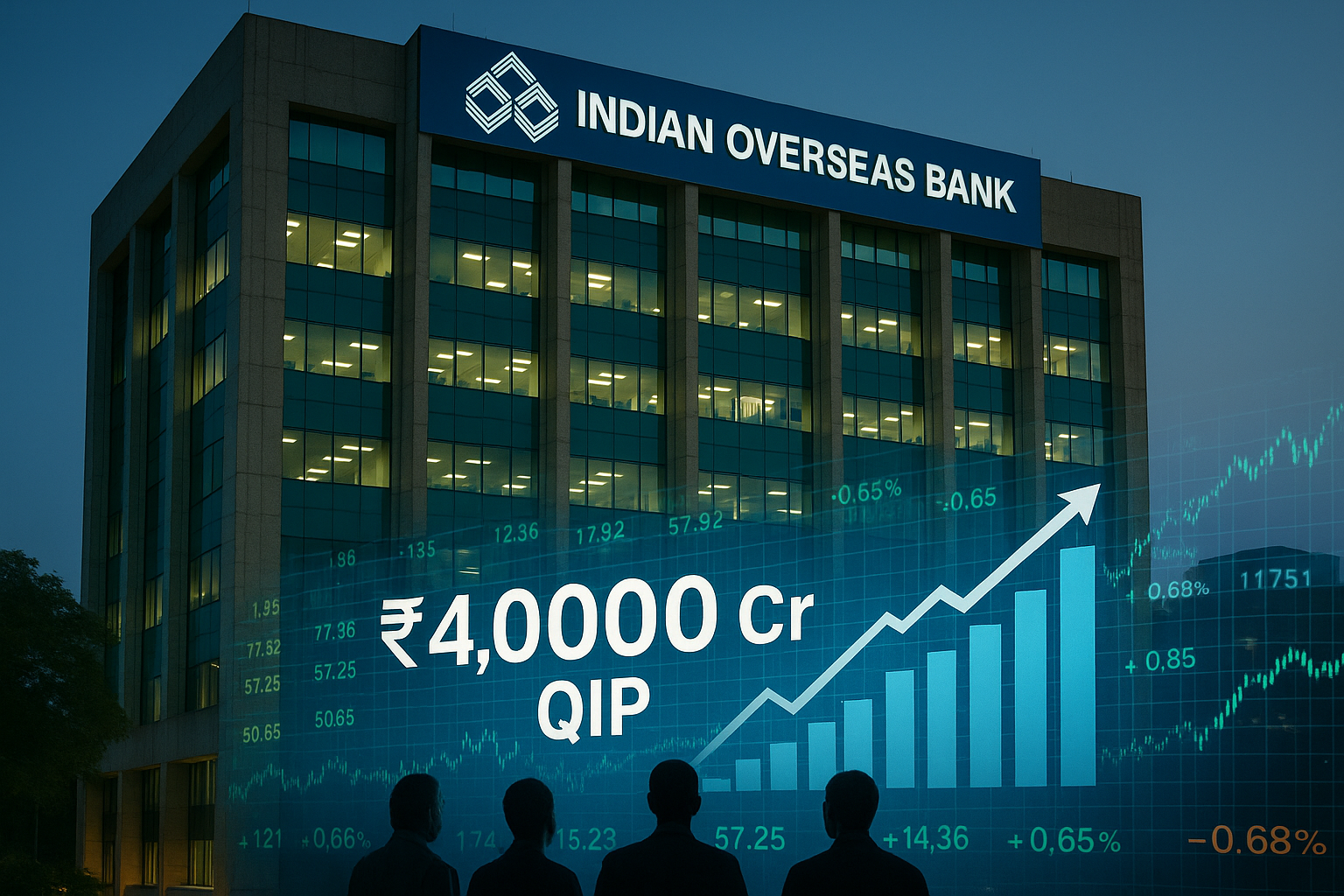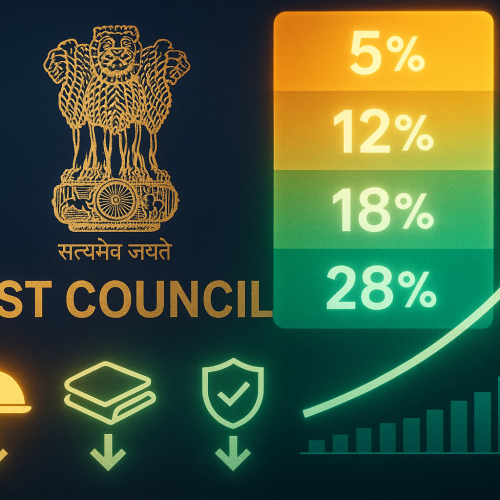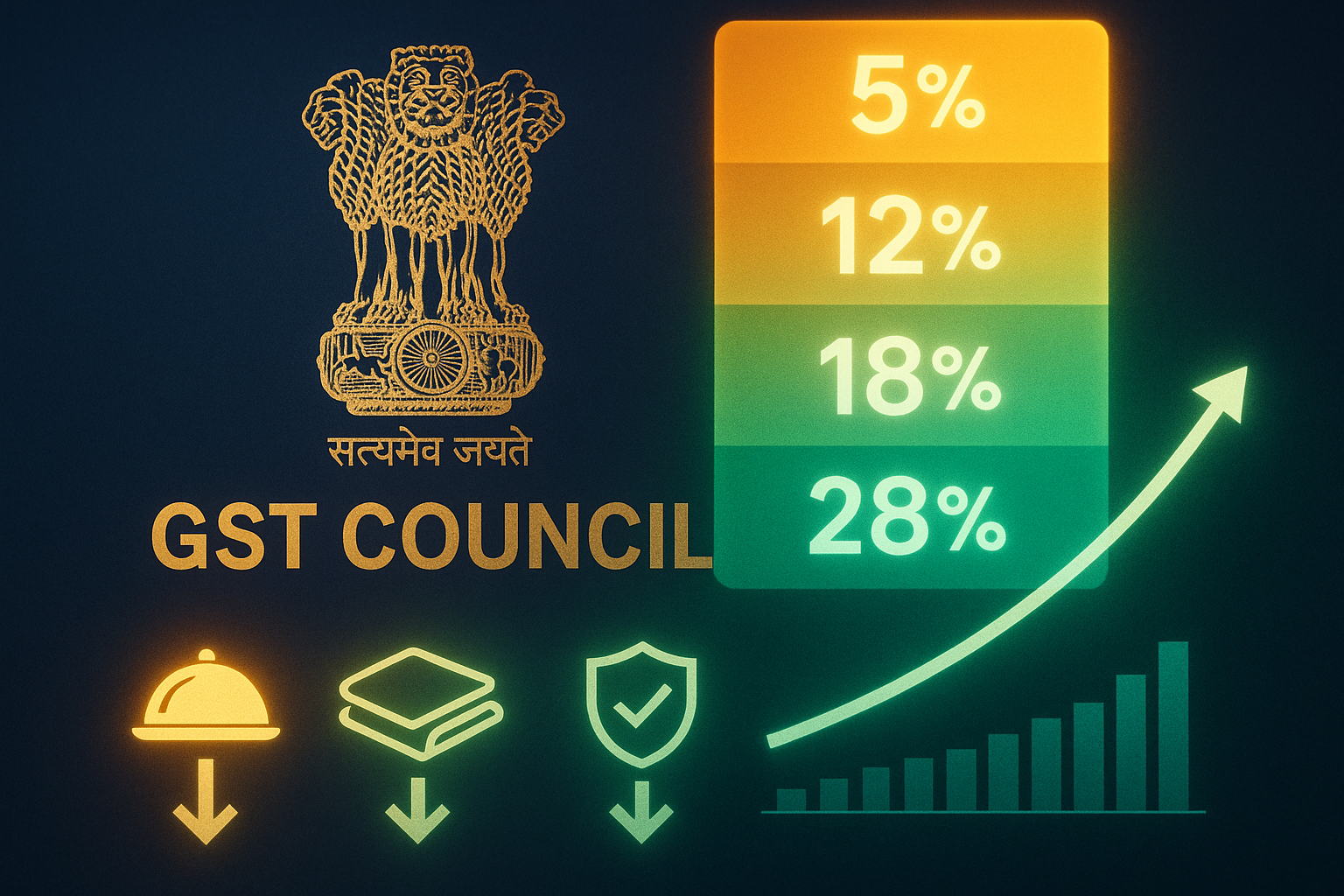Indian Overseas Bank (IOB), a prominent public sector lender, has revealed plans to launch a Qualified Institutional Placement (QIP) worth ₹4,000 crore in multiple tranches during the third quarter of FY26, according to its Managing Director & CEO Ajay Kumar Srivastava. The move comes as part of the bank’s broader strategy to bolster its capital adequacy and sustain growth momentum across core business segments.
Background and Strategic Rationale
IOB has been showing consistent improvement in financial performance, asset quality, and credit expansion. With the bank’s Capital Adequacy Ratio (CAR) currently above the regulatory threshold, the planned equity infusion is intended more for growth capital than regulatory compliance.
Srivastava emphasized that the bank aims to use the proceeds from the QIP to:
Strengthen the Tier-I capital base,
Support expanding loan books across MSME, retail, and agriculture sectors,
Enhance digital banking capabilities and tech infrastructure.
Notably, this marks a key step in IOB’s post-PCA (Prompt Corrective Action) recovery journey, having exited RBI’s restrictive framework in 2021.
Execution Strategy: Phased Fundraising
The ₹4,000 crore QIP is planned to be executed in multiple tranches, allowing the bank to:
Time the capital raising to favorable market conditions,
Minimize dilution impact for existing shareholders,
Optimize pricing based on evolving valuation metrics.
Srivastava mentioned that market consultations and investor engagements are already underway, with formal approvals and compliance processes to follow in Q2 FY26.
Market Context and Peer Comparison
Public sector banks have been actively tapping equity markets over the past two years, reflecting broader investor confidence in the sector’s turnaround. With PSU bank valuations improving, IOB’s decision to go to market indicates timely capital planning aligned with:
Credit offtake revival across infrastructure and corporate lending,
Basel III norms requiring higher quality capital buffers,
Anticipated rise in demand for working capital and green financing.
For context, peers like Union Bank of India and Canara Bank have raised similar QIP tranches in the past 12–18 months.
Expert Opinions
Rajnish Kumar, former SBI Chairman, noted:
“Capital raising by mid-sized PSBs like IOB signals improving market sentiment and a proactive approach to sustaining growth in a rising rate environment.”
Sakshi Sinha, banking analyst at Elara Capital, added:
“The staggered QIP approach provides flexibility and reflects prudent capital management. It also gives the bank room to reprice as performance metrics improve over the fiscal year.”
Conclusion
Indian Overseas Bank’s ₹4,000 crore QIP reflects both its financial turnaround and strategic vision for future growth. By raising capital in phases, the bank not only ensures investor confidence but also prepares to scale lending, expand market presence, and meet rising credit demand. If executed effectively, this move could further cement IOB’s standing in the new era of competitive and tech-driven public sector banking.












